Architectural wonders of the world that took decades to build
Architecture has always fascinated humanity, blending functionality with artistry to create structures that captivate the imagination. From ancient wonders to modern masterpieces, the allure of these edifices lies in their ability to tell stories of cultural significance and human endeavor.
Whether it’s the sheer scale or intricate details, architectural wonders bridge the past and present, offering glimpses into the minds of their creators and the societies that cherished them.
The Great Wall of China: A Monumental Feat Spanning Centuries
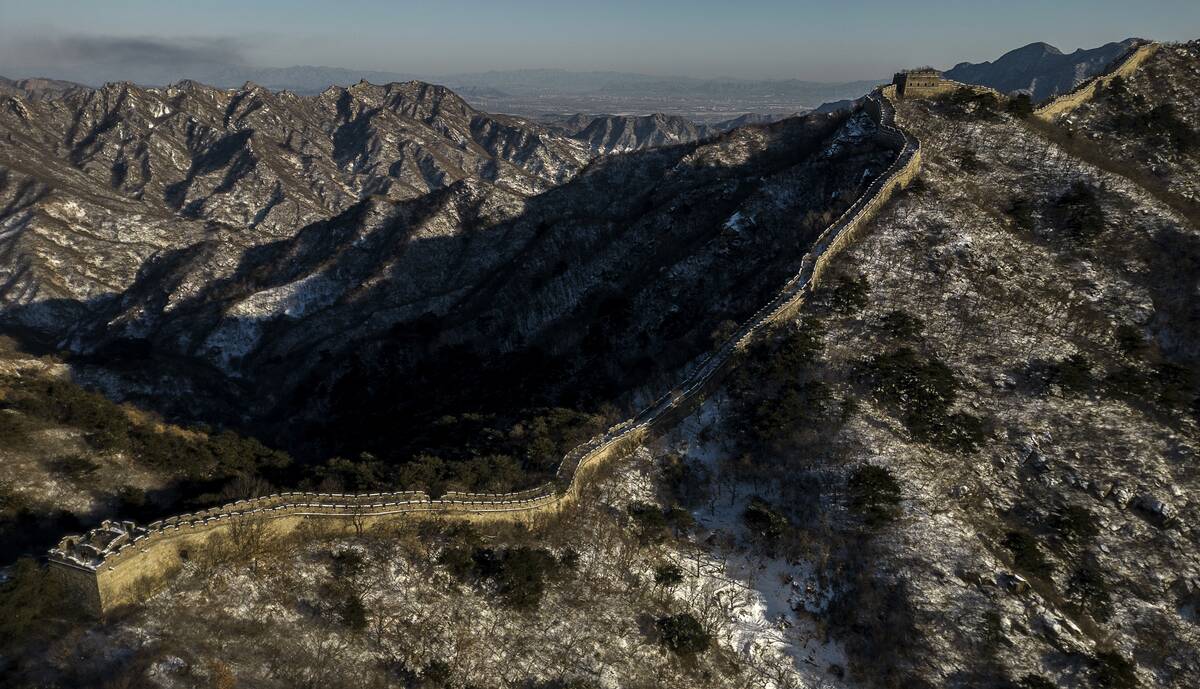
Stretching over 13,000 miles, the Great Wall of China is a testament to human tenacity and ingenuity. Built over several dynasties, it served as a defense against invasions and a symbol of China’s enduring strength.
The wall, with parts dating back to the 7th century BC, is not a single structure but a series of walls and fortifications. Its construction involved the labor of millions, reflecting the immense resources and effort dedicated to this monumental feat.
The Majestic Cologne Cathedral: A Testament to Persistence
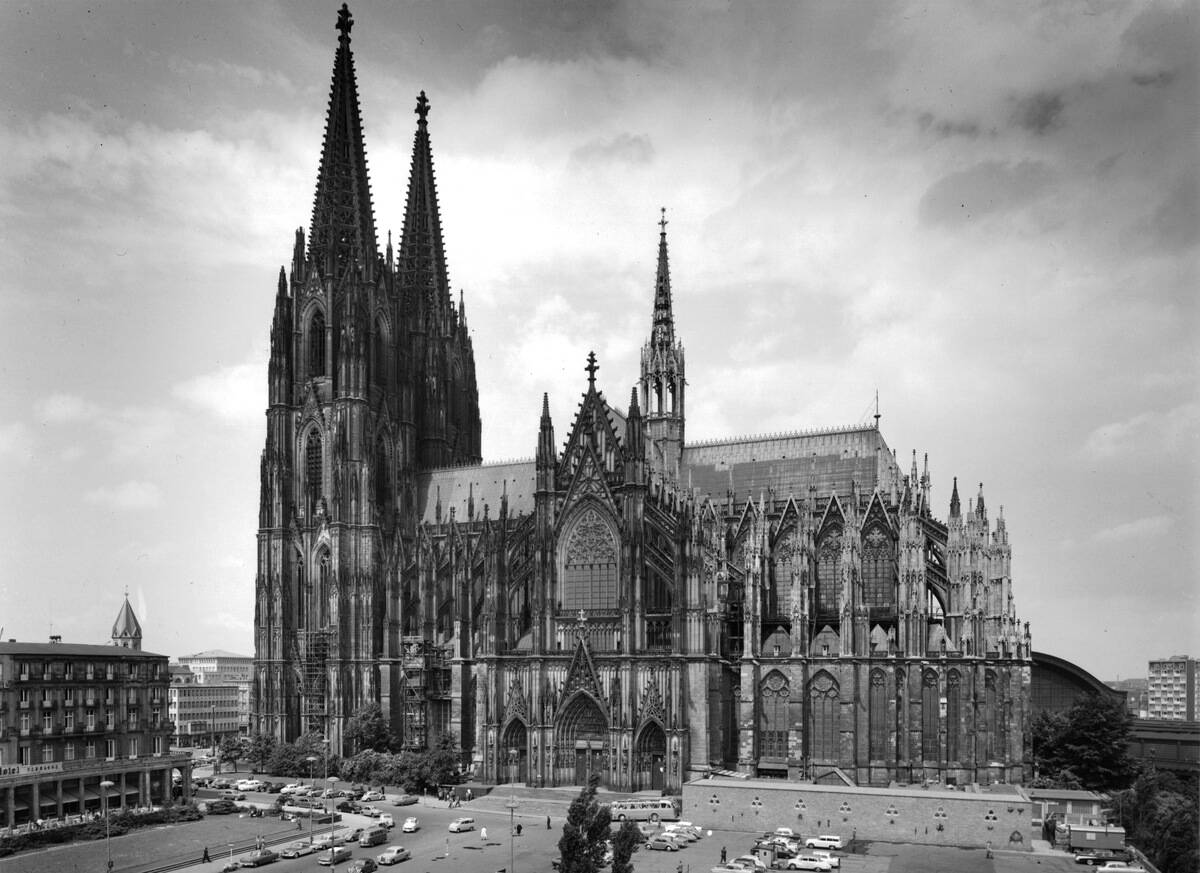
The Cologne Cathedral in Germany stands as a testament to perseverance, having taken over 600 years to complete. Construction began in 1248 but was halted in 1473, only to resume in the 19th century.
Its Gothic architecture is a marvel, with twin spires reaching 157 meters—making it the tallest twin-spired church in the world. The cathedral’s stained glass windows, particularly the 20th-century creation by Gerhard Richter, add a modern touch to this historic marvel.
The Grandeur of Angkor Wat: A Symbol of Devotion

Angkor Wat, located in Cambodia, is the largest religious monument in the world, originally constructed as a Hindu temple dedicated to Vishnu. Built in the early 12th century by King Suryavarman II, it later transformed into a Buddhist temple.
Its stunning bas-relief carvings and central quincunx of towers are designed to represent Mount Meru, the home of the gods. This architectural wonder reflects the Khmer Empire’s dedication and artistic achievement.
The Stunning Sagrada Familia: Gaudí’s Unfinished Masterpiece
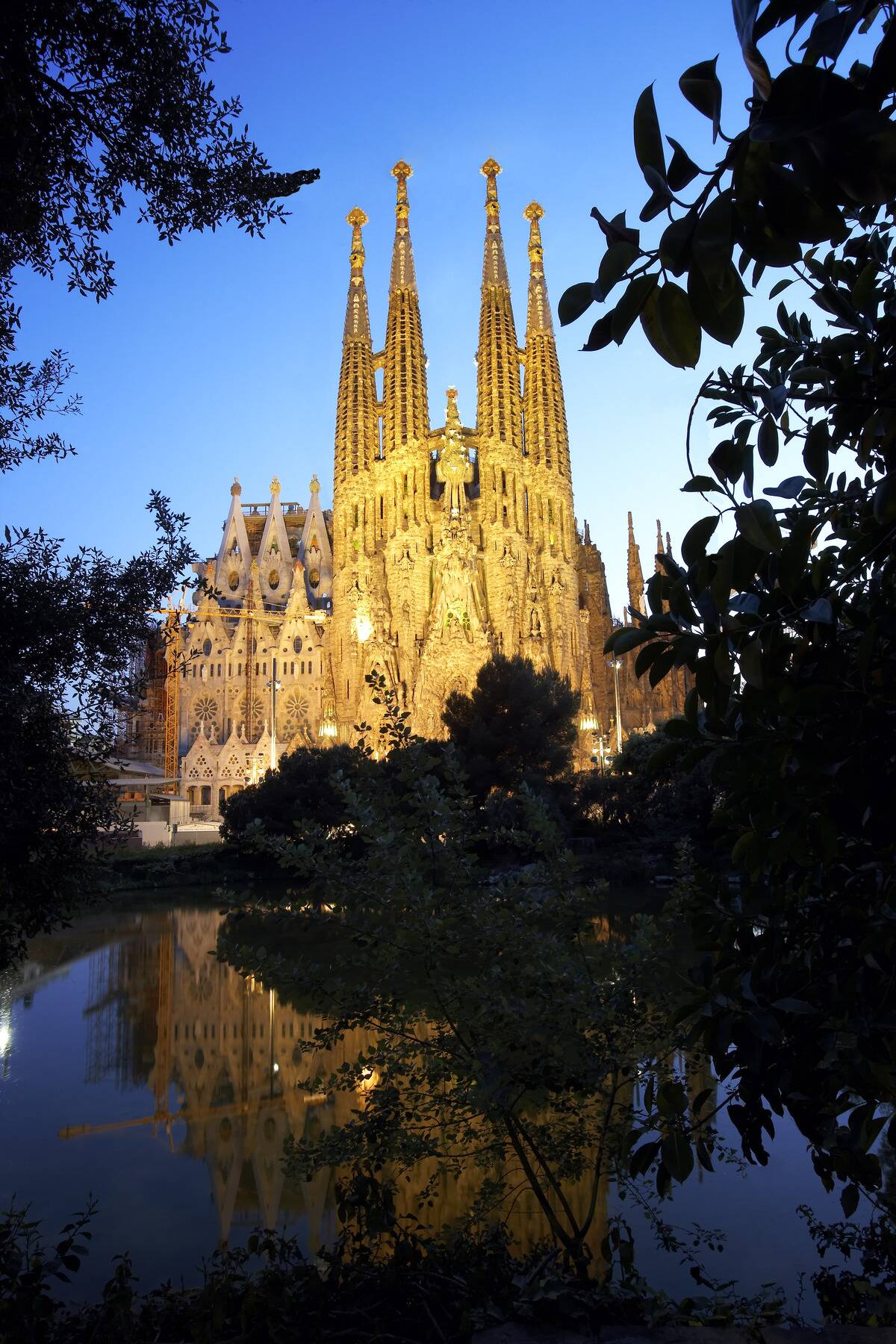
The Sagrada Familia in Barcelona is famed architect Antoni Gaudí’s magnum opus, despite being unfinished. Construction began in 1882, and Gaudí devoted his later years entirely to its completion.
The basilica’s design is a blend of Gothic and Art Nouveau styles, with its facades and towers telling stories from the life of Christ. Slated for completion in 2026 to mark the centenary of Gaudí’s death, it remains a mesmerizing work in progress, attracting millions annually.
The Towering Beauty of the Washington National Cathedral
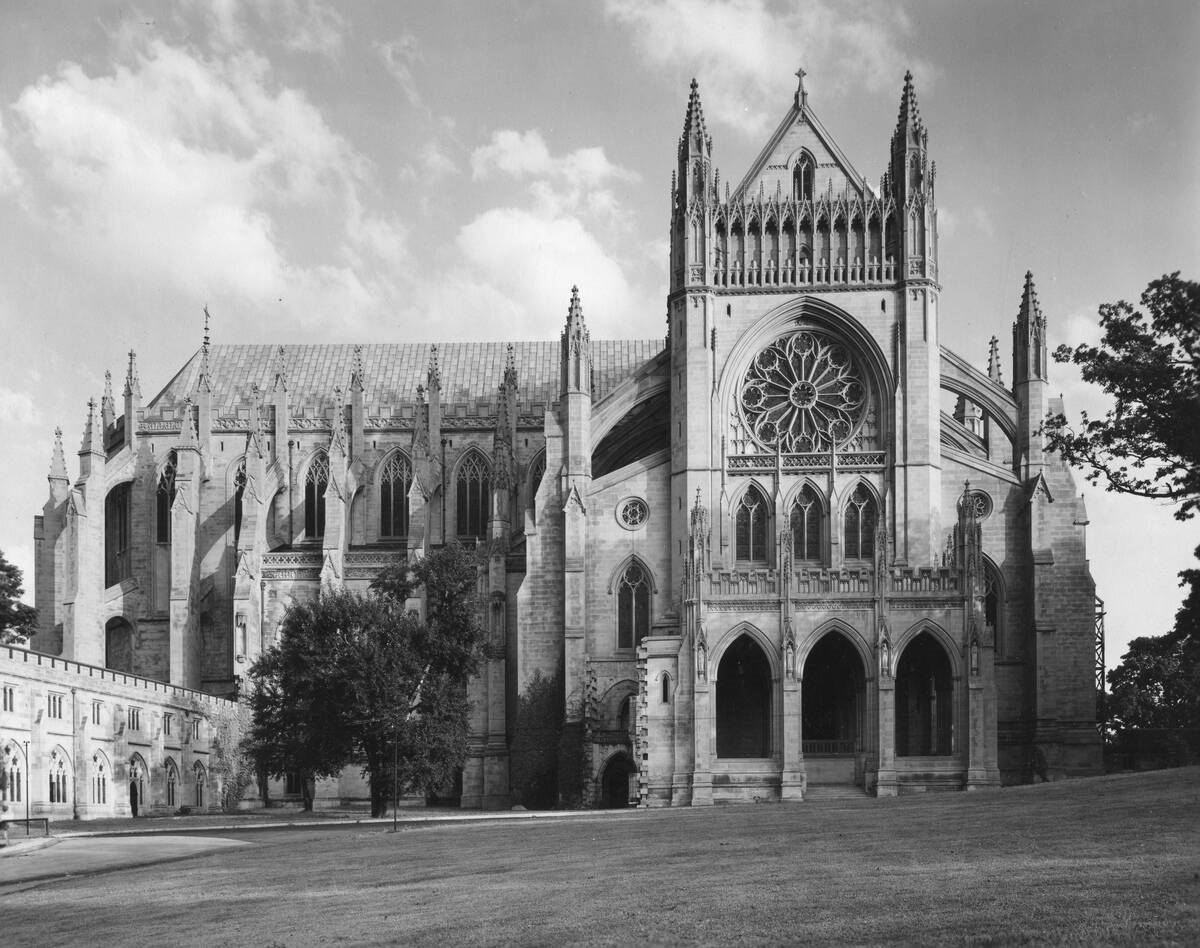
The Washington National Cathedral, officially known as the Cathedral Church of Saint Peter and Saint Paul, is a prominent Neo-Gothic structure in the United States. Construction began in 1907 and concluded 83 years later in 1990.
Its intricate stone gargoyles, including one shaped like Darth Vader, and stained glass windows draw tourists and worshippers alike. The cathedral is a venue for national events, including presidential funerals and interfaith services, highlighting its cultural significance.
The Historic Santa Maria del Fiore: Florence’s Crowning Glory
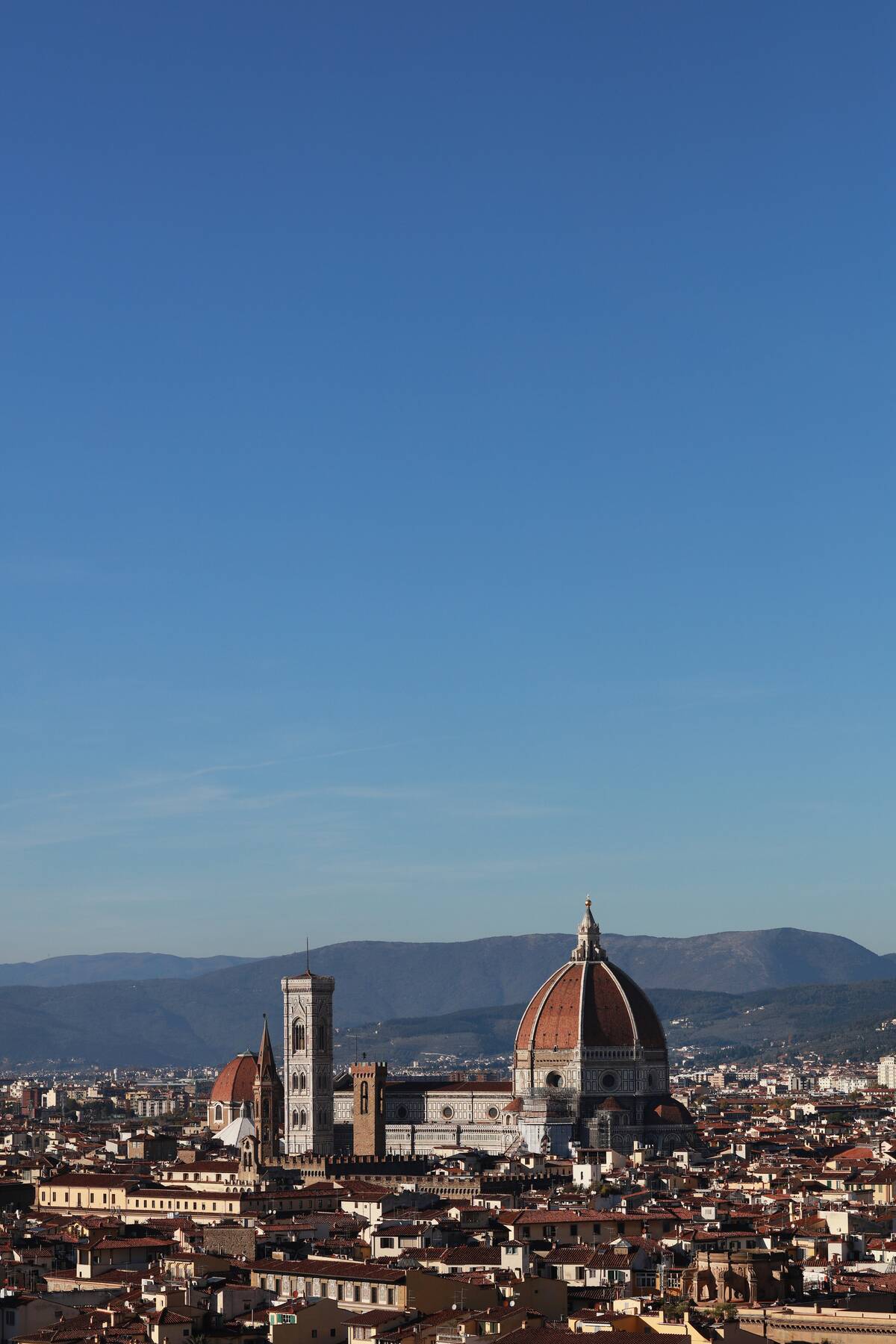
Santa Maria del Fiore, or the Florence Cathedral, is renowned for its massive dome engineered by Filippo Brunelleschi. Completed in 1436, the dome remained the largest of its kind for centuries, a feat of architectural innovation during the Renaissance.
The cathedral’s façade, adorned with intricate marble panels, complements its stunning interior frescoes. Brunelleschi’s ingenious use of a herringbone brick pattern allowed the dome to be constructed without traditional wooden centering, revolutionizing architectural techniques.
The Iconic St. Peter’s Basilica: A Renaissance Marvel

St. Peter’s Basilica in Vatican City is a hallmark of Renaissance architecture, with contributions from masters like Michelangelo, who designed its iconic dome. It was consecrated in 1626, replacing an earlier basilica erected by Emperor Constantine in the 4th century.
The basilica’s grand nave and the opulent Baldachin by Bernini underscore the artistic ingenuity of the period. Housing the tomb of St. Peter, it is a pilgrimage site for millions of Catholics worldwide.
The Serene Splendor of Neuschwanstein Castle
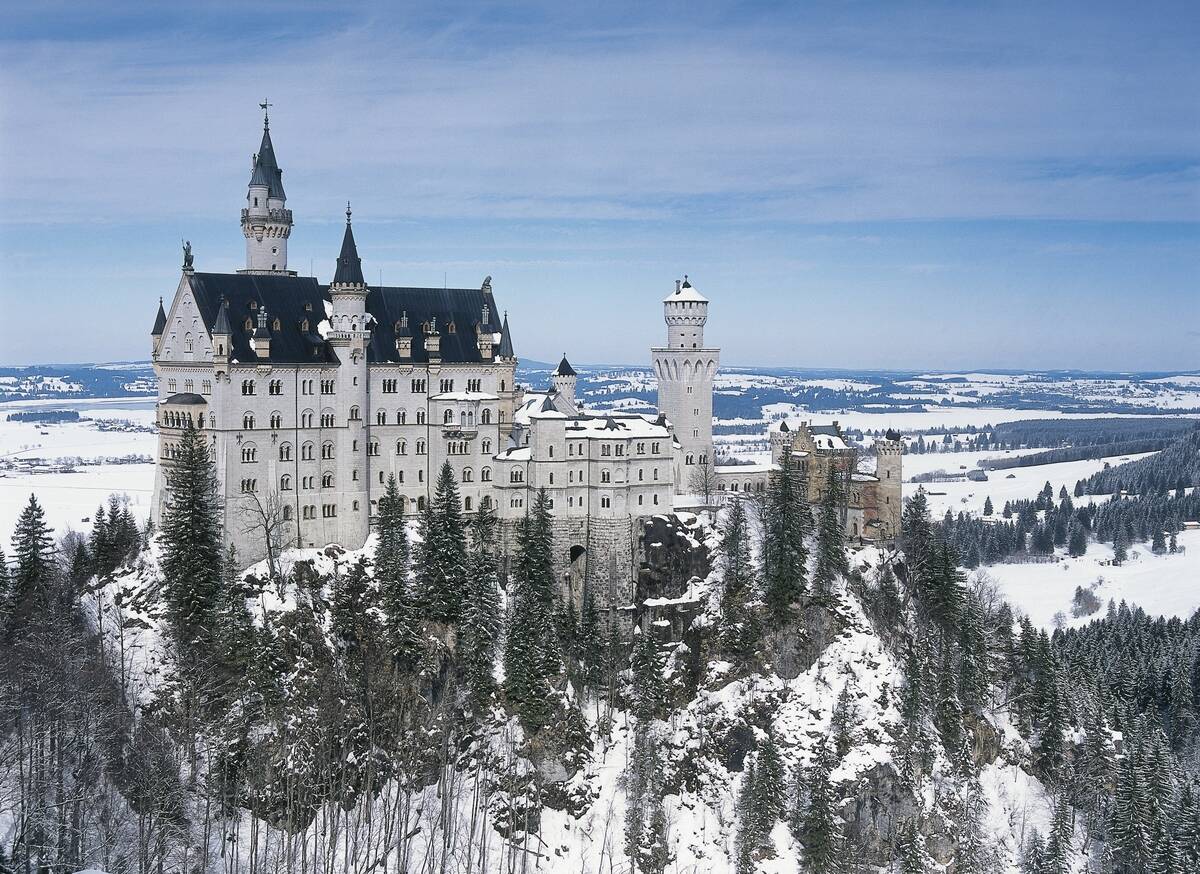
Neuschwanstein Castle, nestled in the Bavarian Alps of Germany, epitomizes fairy-tale architecture. Commissioned by King Ludwig II in the 19th century, it was inspired by German medieval castles and operas by Richard Wagner.
Although unfinished at Ludwig’s death, the castle’s picturesque turrets and scenic location have made it a symbol of romanticism. Its enchanting interior, with rooms dedicated to Wagner’s characters, attracts over a million visitors annually, dreaming of a bygone era of chivalry and romance.
The Cultural Impact of the Palace of Versailles
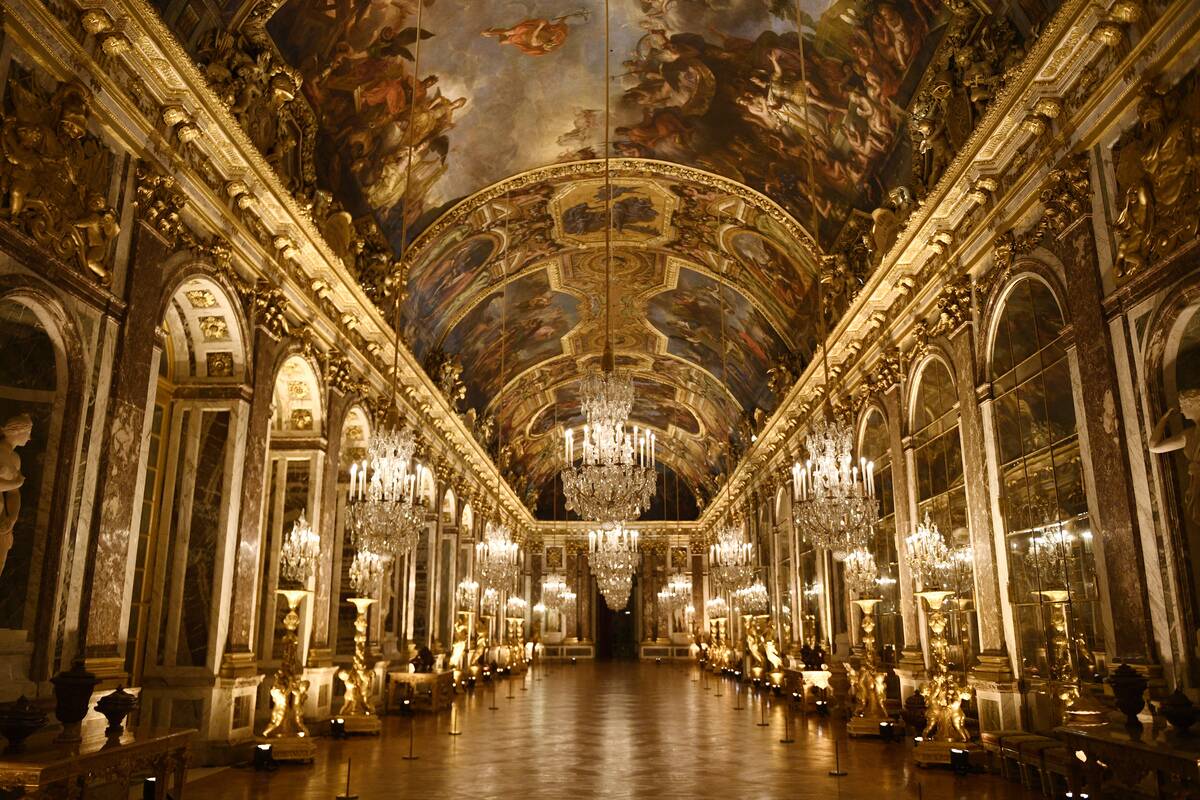
The Palace of Versailles in France is a symbol of absolute monarchy and artistic grandeur. Originally a hunting lodge, it was transformed by Louis XIV in the 17th century into an opulent palace.
The Hall of Mirrors, with its dazzling reflections, hosted the signing of the Treaty of Versailles in 1919. The palace’s gardens, designed by André Le Nôtre, are masterpieces of landscape architecture. Versailles remains a testament to French history and cultural influence.
The Intricate Details of Milan Cathedral

Milan Cathedral, or Duomo di Milano, is a Gothic masterpiece that took nearly six centuries to complete, with construction beginning in 1386. Its striking façade, adorned with 135 spires and over 3,000 statues, is a visual feast.
The cathedral’s rooftop offers breathtaking views of Milan and the distant Alps. Inside, its expansive nave and stunning stained glass windows create a serene atmosphere. The cathedral remains a central symbol of Milan’s historical and cultural identity.
The Timeless Taj Mahal: A Labor of Love
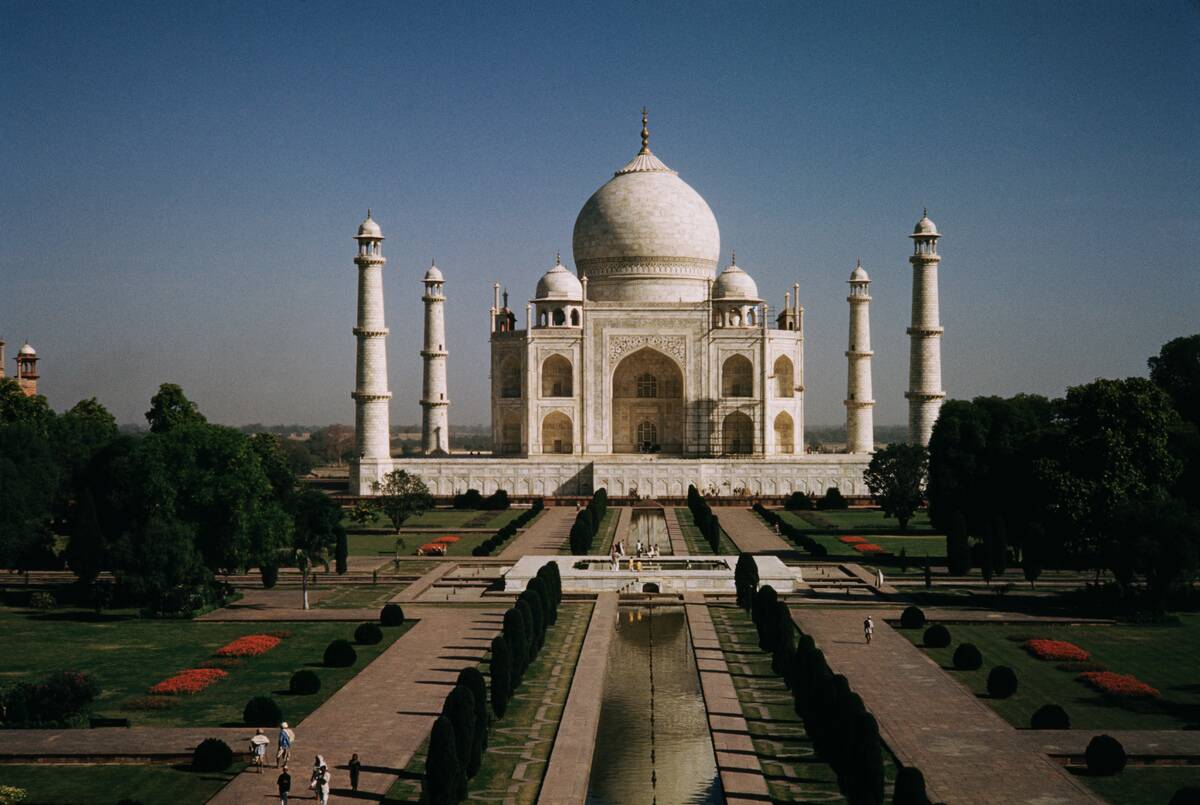
The Taj Mahal, located in Agra, India, is a sublime monument to love, built by Emperor Shah Jahan in memory of his wife Mumtaz Mahal. Constructed between 1632 and 1653, it is an epitome of Mughal architecture, blending Islamic, Persian, and Indian styles.
The white marble mausoleum, with its iconic dome and intricate inlay work, changes hue with the light of the day. A UNESCO World Heritage Site, it attracts millions, embodying eternal love and architectural brilliance.
The Resilient History of La Seu Cathedral
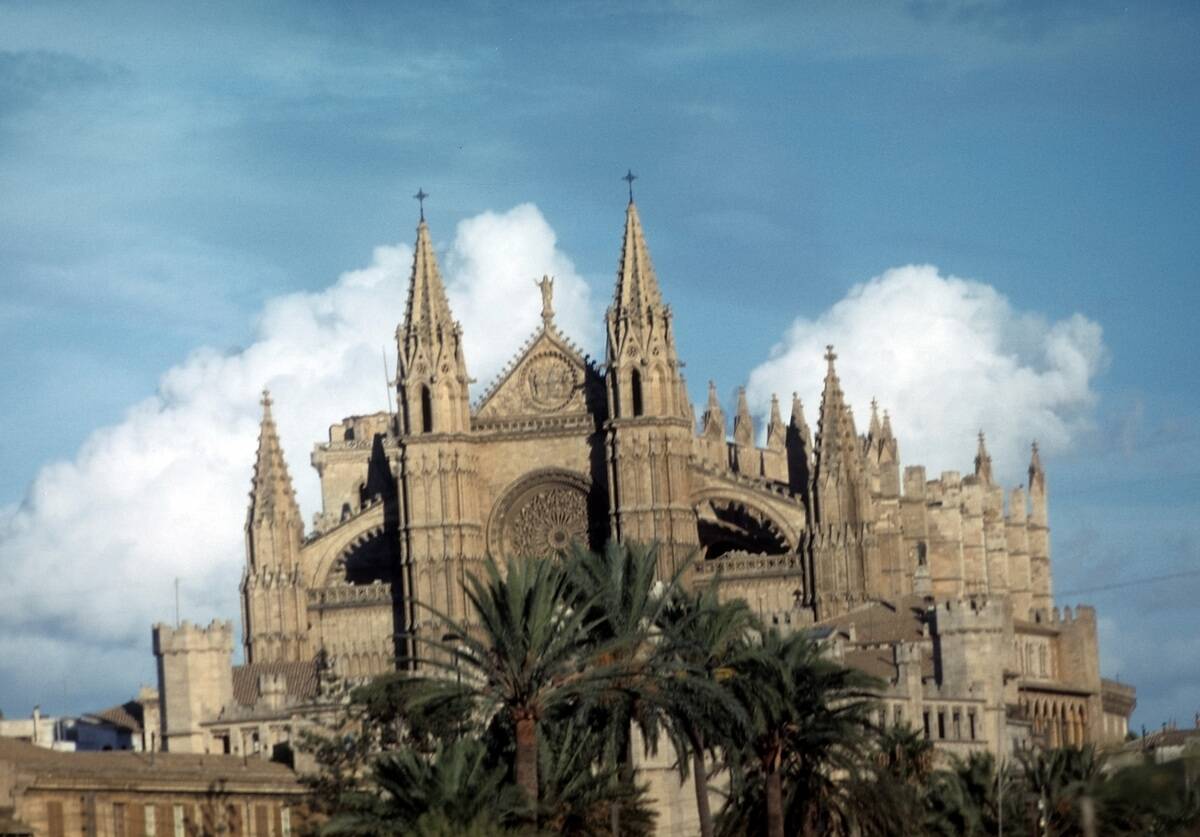
La Seu Cathedral, also known as the Cathedral of Santa Maria of Palma, stands on the island of Mallorca, Spain. Its construction began in 1229 and continued into the 17th century. The Gothic-style cathedral features one of the world’s largest stained glass windows, known as the “Gothic Eye.”
Despite damage from earthquakes and restorations, it remains a resilient symbol of spiritual devotion. Gaudí himself contributed to its design in the early 20th century, adding a modernist touch.
The Awe-Inspiring Basilica of San Lorenzo de El Escorial

The Basilica of San Lorenzo de El Escorial, northwest of Madrid, is part of a larger historical residence of the King of Spain. Built in the late 16th century under Philip II, it was designed by Juan Bautista de Toledo and completed by Juan de Herrera.
The basilica’s austere yet grand design reflects the Spanish Renaissance style. As a UNESCO World Heritage Site, it houses an immense collection of artworks and serves as a royal pantheon, showcasing Spain’s regal history.
The Prolonged Creation of Château de Chambord
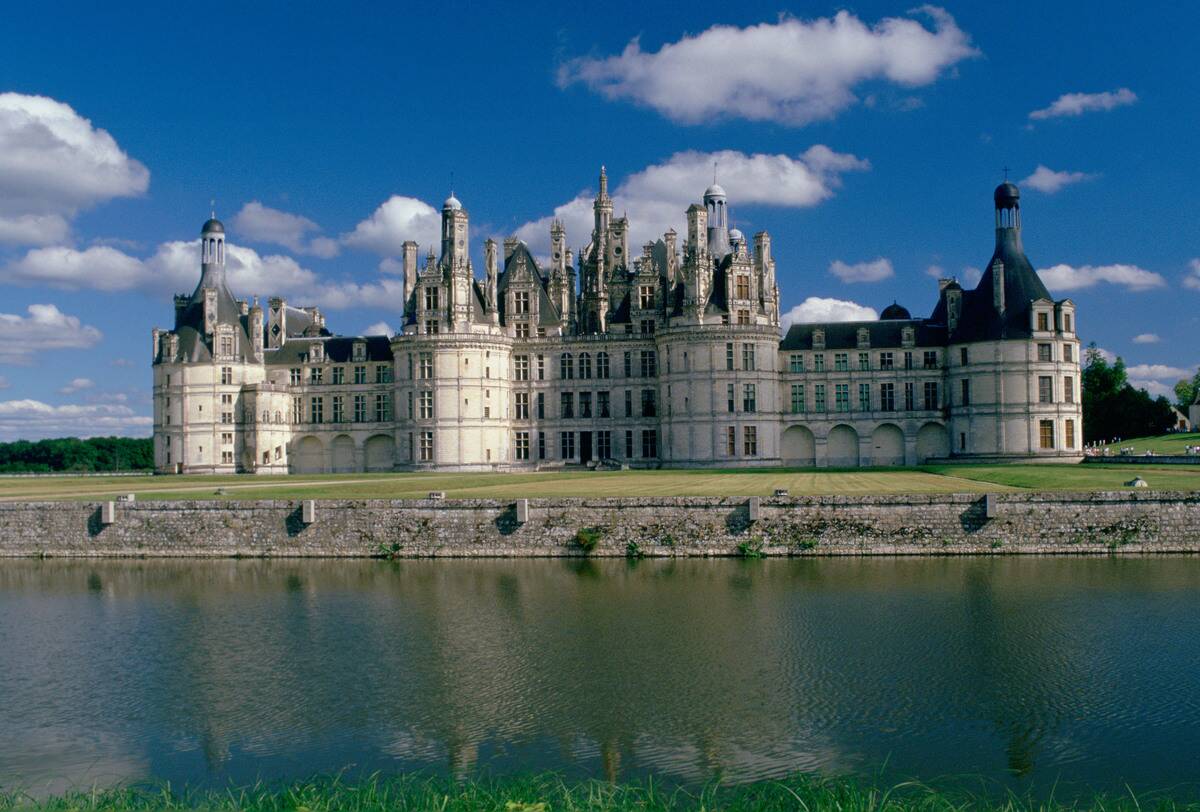
The Château de Chambord in France is a marvel of French Renaissance architecture, with construction beginning in 1519 under King Francis I. Its design is attributed to Domenico da Cortona, with possible influence from Leonardo da Vinci.
The château features a distinctive double-helix staircase and over 400 rooms. Despite its grandeur, it was never completed, yet it remains a symbol of royal ambition and artistic innovation. Its sprawling estate and intricate rooflines continue to captivate visitors today.



